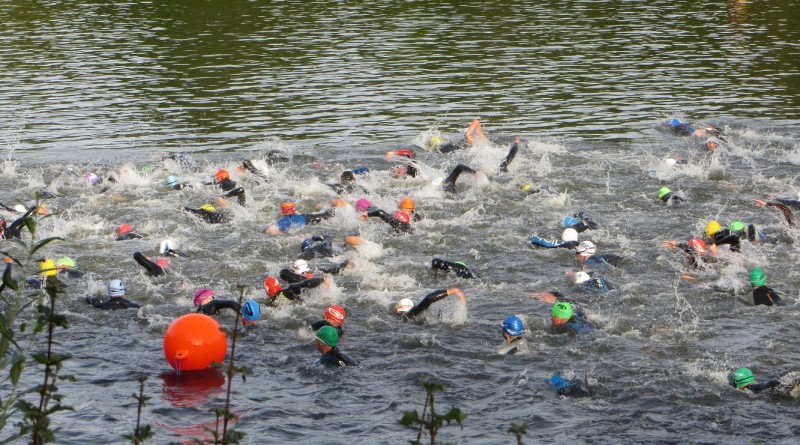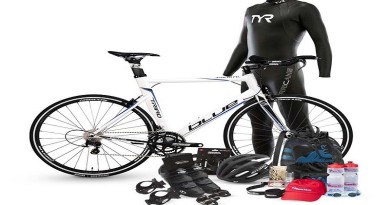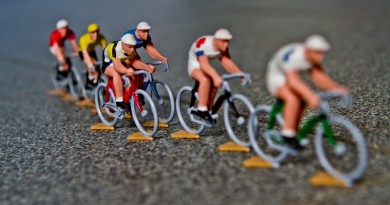Cramp When You Swim? Some Tips To Shake It
Getting cramp when you swim is not only unpleasant but can be a serious disruption to your training. Worse still, in races it can completely ruin your performance. So what can you do to avoid this annoying problem?
Cramp isn’t completely understood in the medical and sports science worlds but there’s definitely some risk factors unique to swimming:
– Swimming in a pool or open water the lower leg gets cooled by the water – this happens even in a wetsuit.
– Swimming with good technique with your toes pointed holds the calf muscles in a shortened state.
– Swimming a length with the lower leg doing relatively little and then suddenly flexing and pushing off hard from the end of the pool places a great deal of stress on the calf and foot muscles.
These three factors combine to mean that swimmers tend to suffer from cramp more than in other sports, particularly in the lower leg. If you do suffer from cramp when you swim here’s some tips to try and improve the situation:
– Make sure you’re not dehydrated before swimming – a leading cause of cramp.
– Drinking coffee before swimming seems to be a factor for many swimmers (over and above the dehydrating effects) – try cutting it out.
– Introduce a regular stretching routine on the foot and calves; gently perform these stretches before swimming. Our recommended routine is the Swim Smooth Coach System here.
– If you have quite large calf muscles then the tightness of a wetsuit over them can squeeze the muscles and cause cramp. This is one reason why we designed calf-releases into HUUB wetsuits to reduce the pressure on the calf:
– In races, warm-up properly beforehand if at all possible. Going from cold to full-pace swimming without a warm-up places a lot of stress on the body.
– You could try drinking a source of quinine (e.g. tonic water) before swimming as this has been shown to be effective in reducing cramp for some people. (Sorry, you’ll have to pass on the gin with tonic water!)
– If it’s a major problem for your swimming you could try some regular sports massage on the effected muscles in the build up to a key race – helping to remove any knots and flush out waste products.
– Too little potassium, calcium or magnesium in your diet can contribute to cramping. A balanced diet containing these minerals is recommended but you could also experiment with taking a salt tablet a couple of hours before swimming to see if it helps.
– Swimming with fins can cause cramp in the foot and calves. Make sure you are using a long flexible fin or avoid longer fin based drill sets.
Unfortunately there’s no silver-bullet to curing cramp but hopefully the tips above will help alleviate the symptoms.



